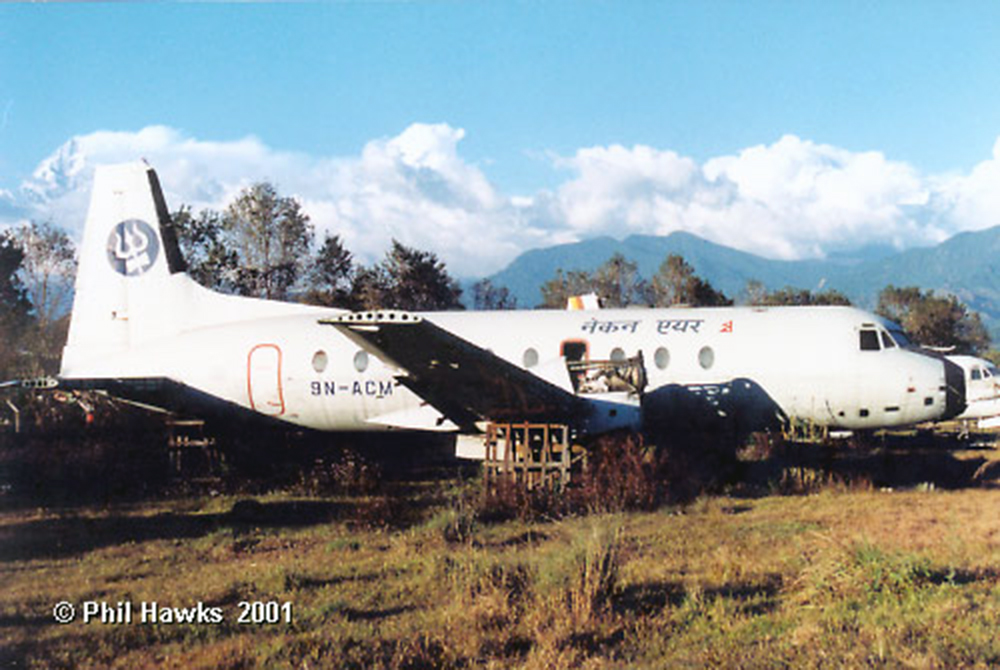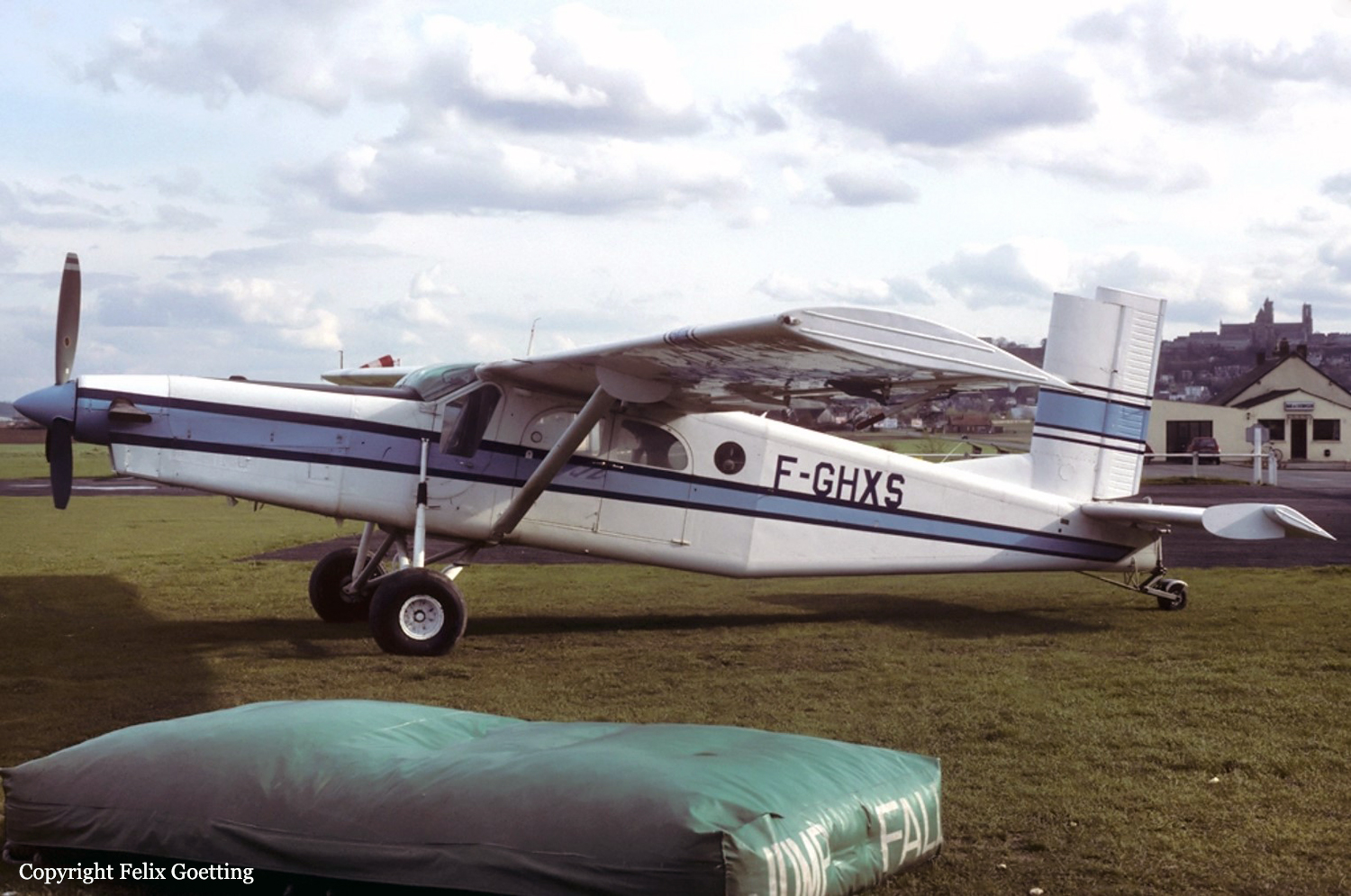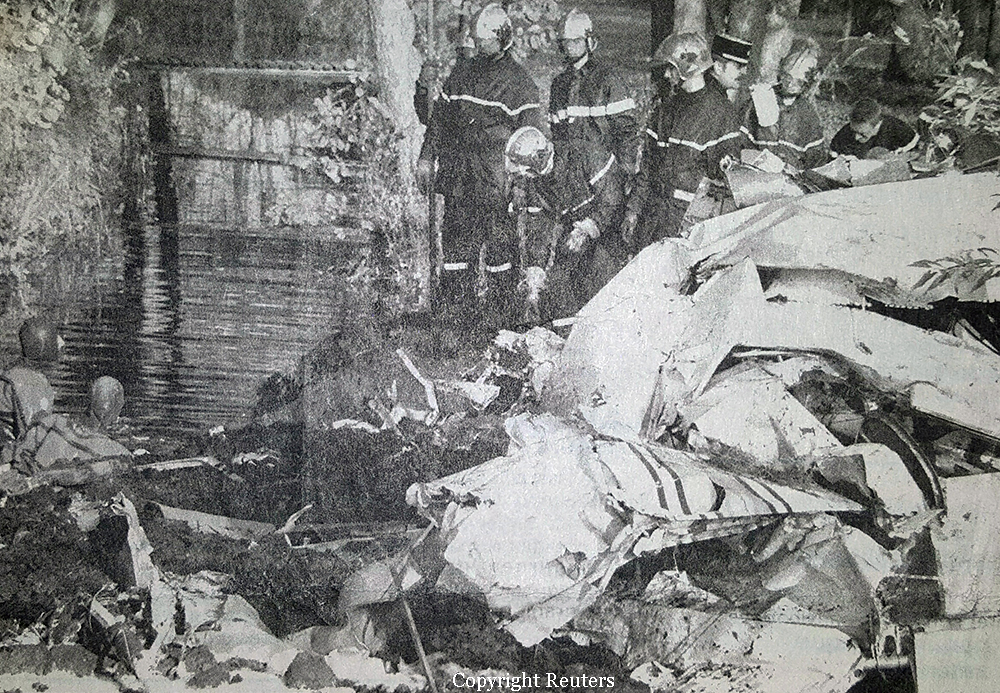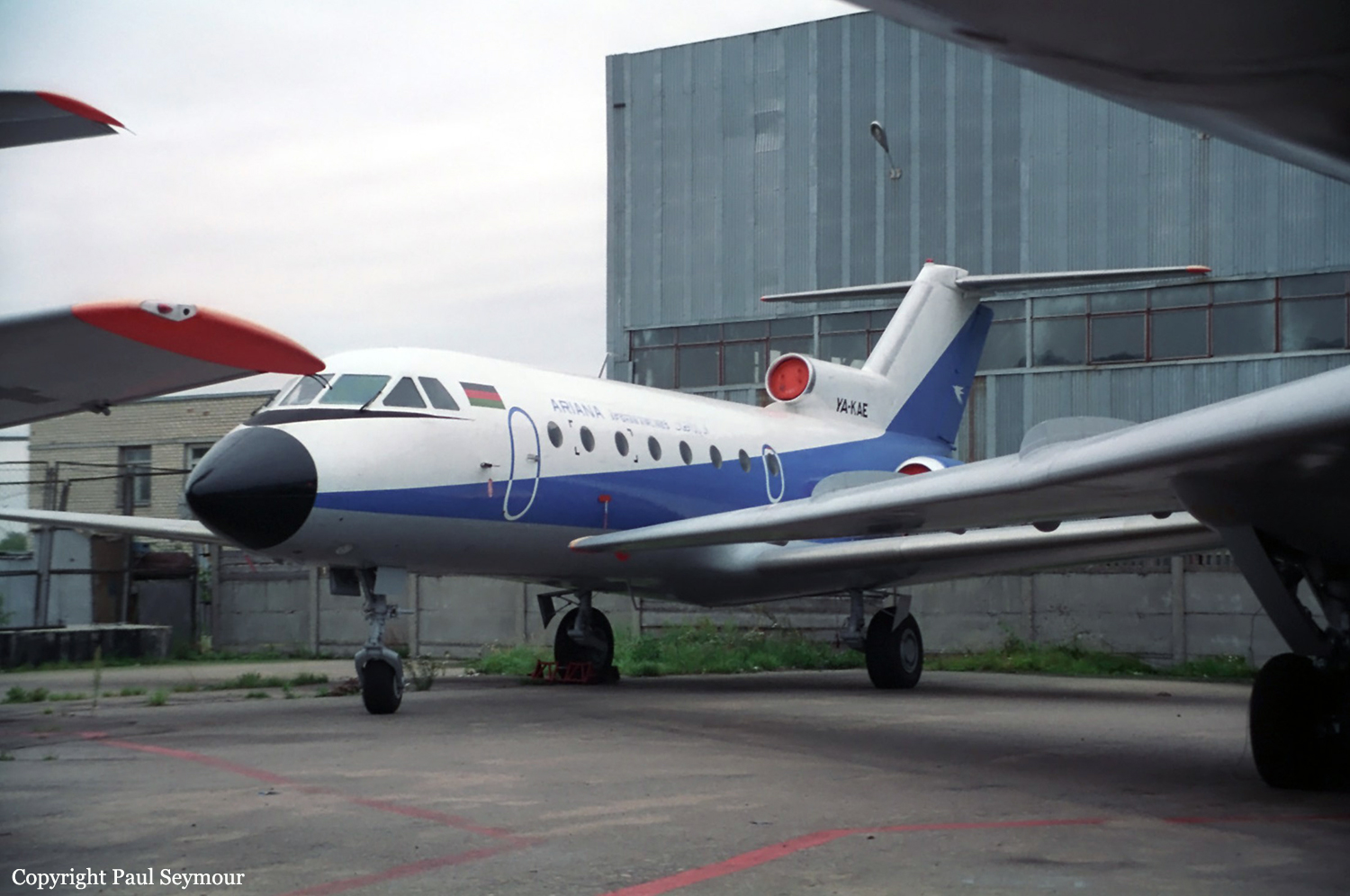Crash of an Avro 748-106-1A in Pokhara
Date & Time:
Nov 6, 1997
Registration:
9N-ACM
Survivors:
Yes
Schedule:
Kathmandu - Pokhara
MSN:
1549
YOM:
1963
Crew on board:
4
Crew fatalities:
Pax on board:
44
Pax fatalities:
Other fatalities:
Total fatalities:
0
Circumstances:
After landing at Pokhara Airport, the hydraulic system failed. The crew lost control of the airplane that veered off runway to the right and collided with a parked Nepal Airways Avro 748 registered 9N-ACW. All 48 occupants evacuated safely while the aircraft was damaged beyond repair.















